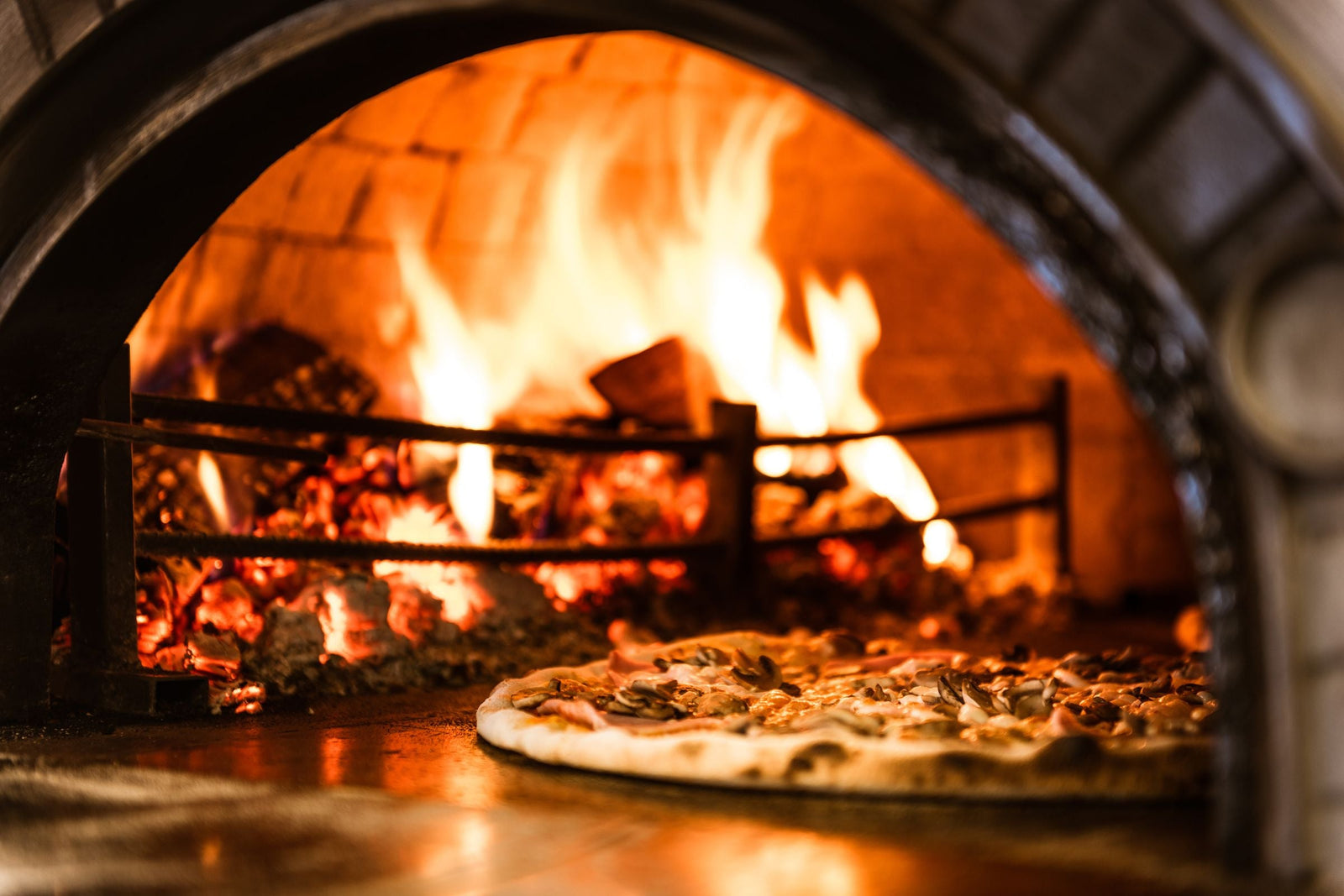Best Wood for Pizza Ovens: What Chefs Recommend

When it comes to mastering the art of wood-fired pizza, few factors are as important—and as often overlooked—as the choice of pizza wood. Whether you’re firing up a commercial wood-fired pizza oven in a bustling restaurant or experimenting with rustic flavors at home, the right wood can make or break the final result. From heat intensity to flavor infusions, your wood choice determines the crispness of the crust, the smokiness of the cheese, and the overall character of your pizza.
In this guide, we’ll explore the best wood for pizza ovens, what professional chefs recommend, and where to find high-quality pizza oven wood in NJ and across the USA.
Understanding Pizza Oven Wood
The effectiveness of your pizza oven starts with the fundamentals: the type of wood you use. Two main factors come into play—hardwood vs. softwood, and whether or not the wood is seasoned or kiln-dried.
Hardwoods vs. Softwoods
Hardwood for pizza ovens is always the preferred choice due to its density, lower sap content, and ability to burn at higher temperatures for longer periods. Hardwoods like oak, maple, cherry, and hickory provide consistent heat and a clean burn, which are essential for achieving an evenly cooked pizza with that signature crispy-yet-chewy crust.
Softwoods, such as pine or cedar, should be avoided. These woods are high in sap and resin, which not only produce excessive smoke and soot but can also impart an unpleasant chemical taste to your food. Worse, burning softwoods in confined ovens can lead to creosote buildup and safety issues over time.
Why Kiln-Dried Wood Matters
When it comes to premium pizza-making, kiln-dried pizza wood is the gold standard. The kiln-drying process removes excess moisture from the wood, resulting in a moisture content of less than 20%. This ensures:
-
Faster ignition
-
Hotter, more consistent burns
-
Less smoke and residue
-
Fewer contaminants or pests
For any restaurant using a wood-fired pizza oven, kiln-dried wood also meets many health and fire safety standards, making it the most safe wood for pizza ovens.
Top Recommended Woods for Pizza Ovens
Here’s a breakdown of the top pizza wood types that chefs across the country swear by:
Oak
Oak is considered the most versatile and reliable firewood for pizza ovens. It burns slowly and evenly at high temperatures, producing a neutral smoke that won’t overwhelm your ingredients. It’s especially good for Neapolitan-style pizzas that cook at temperatures above 700°F.
Maple
Maple adds a subtle, slightly sweet flavor to your crust and toppings. It burns clean and offers good heat retention, making it ideal for longer baking sessions. Maple is often used in a mix with oak to balance flavor and temperature.
Cherry
If you’re looking to add a touch of fruitiness and visual appeal, cherry is a fantastic option. It produces a mild, fragrant smoke and adds a rich color to the crust—great for artisan pizzas with gourmet toppings.
Hickory
Hickory is the boldest of the bunch. It produces a strong, smoky flavor that pairs well with robust ingredients like smoked meats or aged cheeses. However, it’s best used sparingly or blended with lighter woods like oak or cherry to avoid overpowering the dish.
Woods to Avoid
Using the wrong wood in your pizza oven can result in more than just bad flavor—it can pose serious health and safety risks.
-
Pine and Cedar: These softwoods contain high levels of sap, which can lead to heavy smoke and creosote buildup. They also create a bitter flavor that ruins food.
-
Treated or Painted Woods: Any wood that has been chemically treated, painted, or stained is hazardous when burned. These can release toxic fumes harmful to both people and food.
Sourcing Pizza Oven Wood in NJ and USA
If you're a pizzeria owner or wood-fired enthusiast in New Jersey, sourcing wood locally not only ensures freshness but also supports local businesses and reduces shipping costs. Pizza oven wood in NJ is often available through specialized suppliers who understand the moisture, sizing, and seasoning requirements for different oven models.
Likewise, restaurants across the USA can benefit from reliable distributors who offer pizza wood in standard cuts that fit both residential and commercial ovens. These suppliers often carry a mix of hardwoods, kiln-dried options, and custom blends to suit specific needs.
Look for local pizza oven wood suppliers that can provide certifications or quality assurances for their products. Ask about moisture content, storage practices, and whether the wood is chemical-free.
FAQs
Is your firewood good for pizza ovens?
Yes, our kiln-dried pizza wood is ideal for all types of wood-fired pizza ovens. It is low in moisture, burns clean, and imparts subtle flavor profiles that enhance your culinary creations.
How much wood do I need for a pizza oven session?
Depending on the oven size and cooking time, a typical home pizza session requires 5–10 pieces of firewood for pizza ovens. Restaurants may use significantly more during peak hours, so bulk purchasing is often recommended.
Can I mix different woods for flavor?
Absolutely. Many chefs mix oak with fruitwoods like cherry or apple to create a unique balance of heat and flavor. Experimenting with wood combinations is a great way to craft a signature taste.
Conclusion
Choosing the best wood for pizza ovens isn’t just about getting a fire going—it’s about flavor, efficiency, and culinary artistry. Whether you're sourcing pizza oven wood in NJ or looking across the USA for a consistent supply, prioritize kiln-dried hardwoods like oak, maple, and cherry for the best results. And always ensure your wood is safe, untreated, and suited for high-heat cooking environments.
By partnering with local pizza oven wood suppliers and choosing the right fuel for your wood-fired pizza oven, you’re setting yourself up for success—slice after delicious slice.







